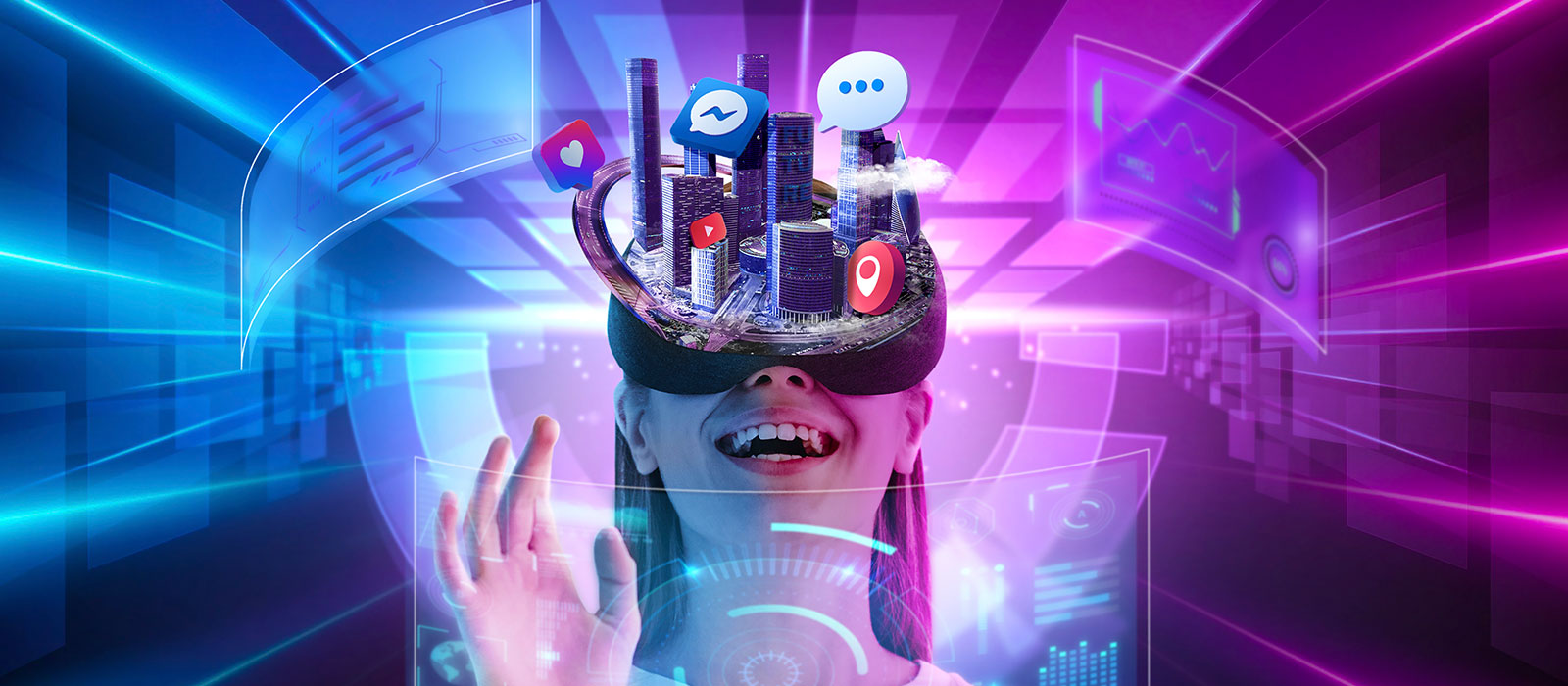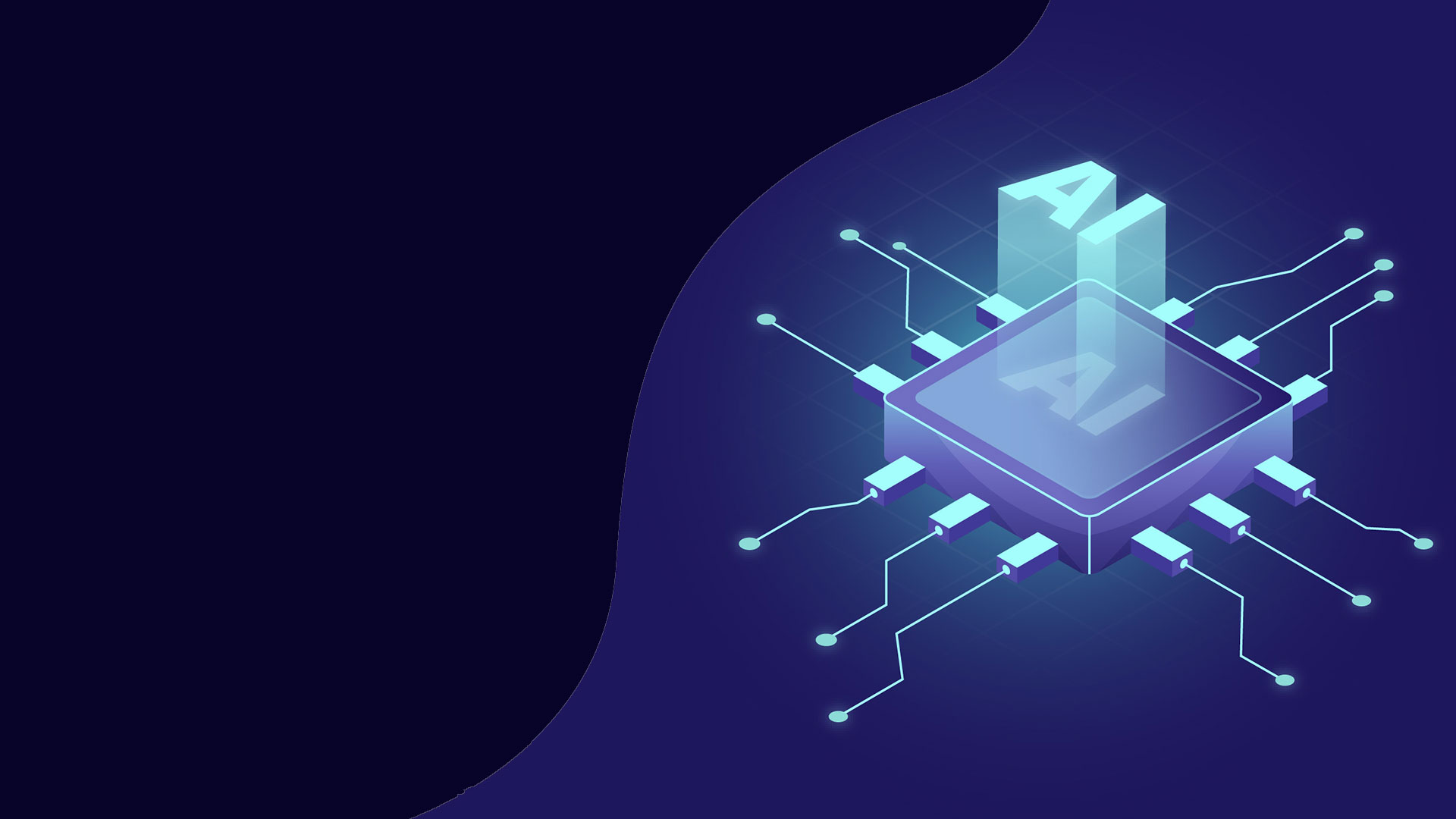

Cybersecurity
As cyber threats become more complex and frequent, AI is being used to strengthen digital defense systems.

Healthcare
AI is reshaping the way doctors diagnose and treat diseases.

Automation & Robotics
AI-driven automation is changing how goods are manufactured, stored, and delivered.

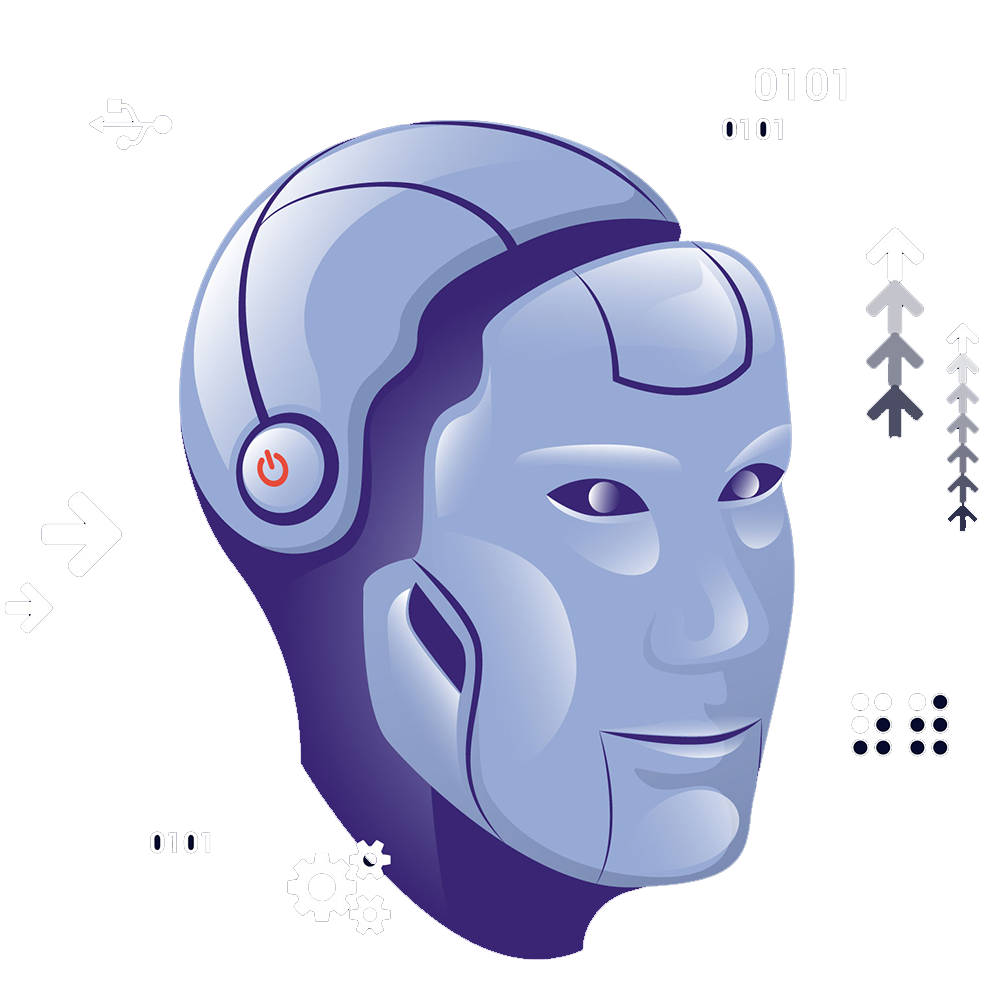
Welcome to InfinAI – Where Young Minds Meet Artificial Intelligence
InfinAI is a pioneering learning program designed to introduce students between the ages of 8 to 16 to the world of Artificial Intelligence. Rooted in hands-on learning, storytelling, and ethical inquiry, InfinAI enables schools to prepare students for the rapidly evolving future shaped by AI. While governments and industries across the world are making strategic investments in AI, there is a noticeable gap in accessible, age-appropriate AI education for children. InfinAI fills this gap—empowering young learners with the tools, vocabulary, and confidence to navigate and shape the future.
Know More
Why AI in Schools Now?
The demand for AI literacy is no longer limited to higher education or industry training. A 2023 UNESCO report on digital education emphasized that AI integration in schools is not just a benefit—it’s a necessity. The New Education Policy (NEP 2020) in India has further emphasized introducing emerging technologies at school level, encouraging practical, interdisciplinary learning.
Several state boards like Kerala, Karnataka, and Maharashtra have launched pilot programs introducing AI labs in government schools. Similarly, CBSE has partnered with companies to run AI curriculum workshops across India. At the international level, countries like the UK, Singapore, and South Korea have already introduced AI as a subject in early secondary grades.
Despite these shifts, most schools still struggle to provide a scalable, inclusive AI program that does not require expensive hardware or specialist faculty. InfinAI is the answer—cost-effective, contextually designed, and simple to implement.
The InfinAI Method
InfinAI is not just about coding or machine learning. It focuses on four pillars that make AI relevant and comprehensible to school-aged learners:
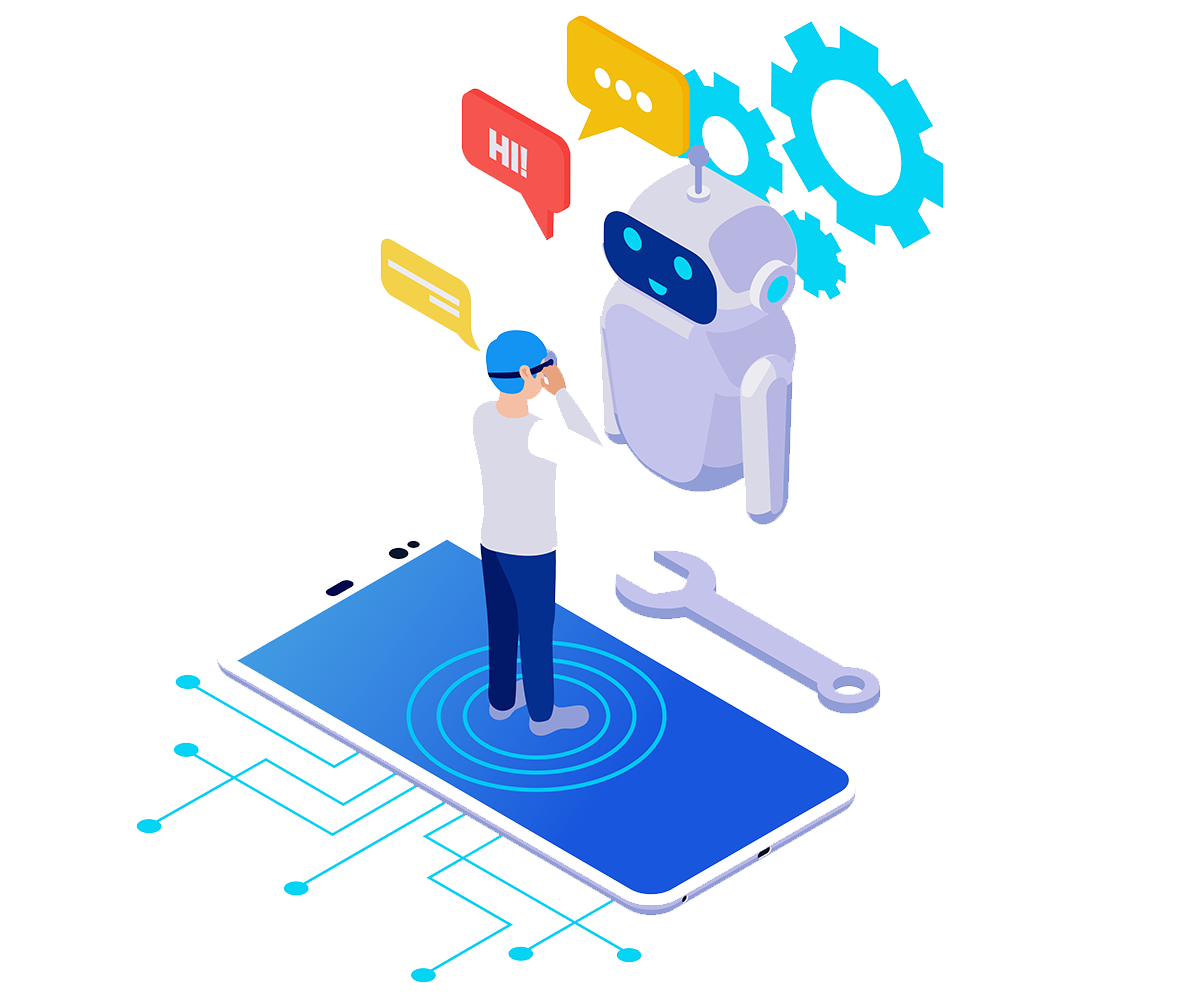
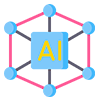
Understanding
Introduction of AI through analogies, visual stories, and guided activities to explain what AI is, how it learns, and how it's part of everyday life.

Communicating
Using tools students learn to interact with and build AI models, they learn the basics of training data, prediction, bias, and correction.
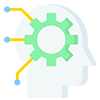
Creating
Children are encouraged to design basic AI-assisted projects—from storytelling bots to voice-based quiz games.

Thinking Critically
EEvery module ends with a reflection. Students are guided to ask: Should we always trust AI? Can AI make mistakes? How can we prevent algorithmic bias?
Real-World Stories, Real Impact
In 2023, four high school students in Pune launched a weekend program to teach AI to under-resourced children using cartoons and mobile apps. Their work gained national attention and highlighted how peer-led, low-cost AI education can work when designed for inclusivity.

Outcomes That Matter
Rather than focus on just assessments or badges, InfinAI tracks outcomes that shape the future learner:
- Students begin recognizing how AI is designed—and how they can shape it
- Teams learn to plan, collaborate, test, and reflect
- Confidence is built, especially among students with no prior tech experience
- Ethical awareness is seeded early, before misconceptions or fears take root

National Momentum – You’re Not Alone
InfinAI aligns with national and global initiatives:
- The Ministry of Education’s Digital Education guidelines promote exposure to AI tools at early levels
- AICTE has released training materials for school-level engagement
- UNESCO and OECD recommend early education in ethical AI and digital agency
- State governments are releasing AI curriculum pilots, and InfinAI modules are fully compatible

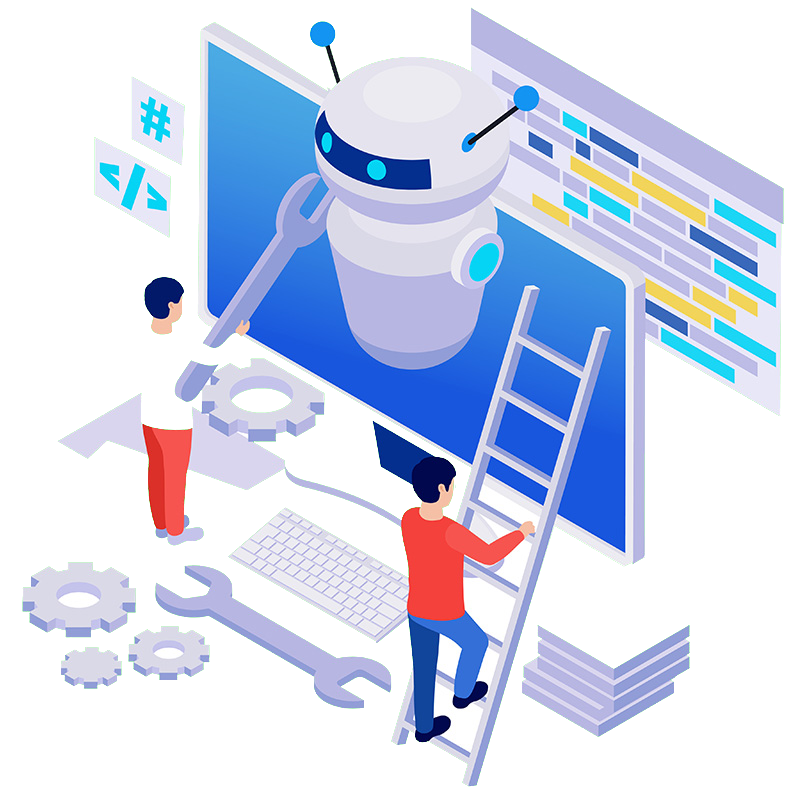
Curriculum Snapshot
Module 1: What is AI?
Explains how AI differs from regular software using stories and analogies.
Module 2: AI Around You
Explores everyday examples from smart assistants to social media filters.
Module 3: Teach an AI
Hands-on activity using Teachable Machine where students train an AI model using images or sounds.
Module 4: Build Something With AI
Students build simple tools—games, chatbots, or personal assistants.
Module 5: The Ethics of Machines
Students evaluate scenarios like biased hiring algorithms, data misuse, and AI in policing.
Module 6: Solve a Real Problem
In teams, students build a solution to a real classroom, school, or community problem.
Voices of Trust – Client Reflections
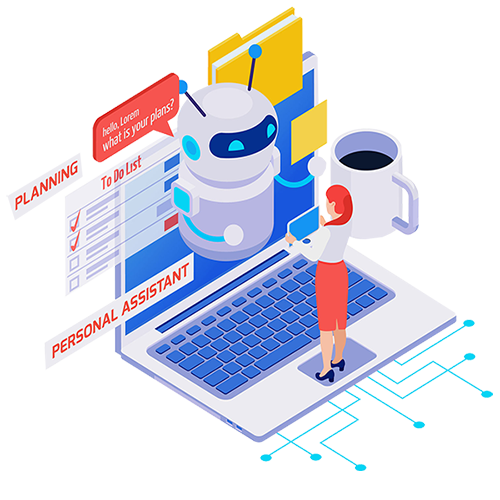
When replacing a multi-lined selection of text, the generated dummy text maintains the amount of lines. When replacing a selection. help agencies.
When replacing a multi-lined selection of text, the generated dummy text maintains the amount of lines. When replacing a selection. help agencies.
When replacing a multi-lined selection of text, the generated dummy text maintains the amount of lines. When replacing a selection. help agencies.
When replacing a multi-lined selection of text, the generated dummy text maintains the amount of lines. When replacing a selection. help agencies.

